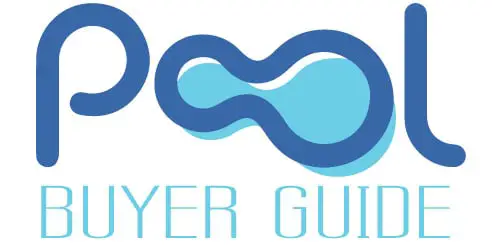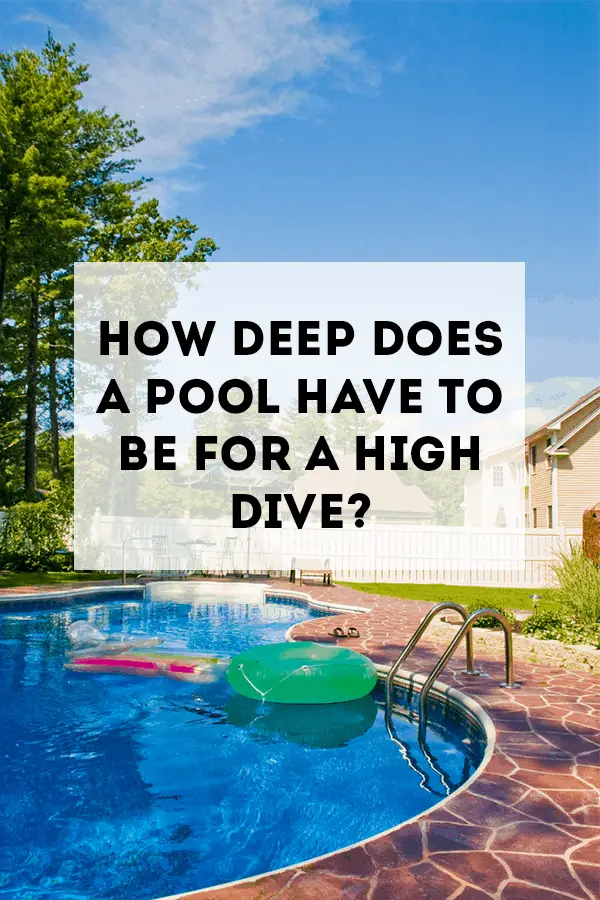
Jumping off a diving board straight into a pool may appear to be a mid-year transitional experience, yet it can likewise be a hazardous action prompting potential head wounds or loss of motion. The appropriate response relies upon a few elements and choices. There are a few administering bodies, for example, USA Diving, NFHS (High School), NCAA (Colleges and Universities), and FINA. USA Diving administers club level jumping rivalry while FINA is the universal overseeing body for World Championship and the Olympics.
How deep does a pool have to be high dive? The answer is, The Association of Pool and Spa Professionals recommends that the diving envelope have a minimum depth of between six and nine feet, depending on the pool. The minimum depth is 3.2 meters (for springboard diving) the max is 5 meters for platform diving.
Presently there are numerous pools across the country that have shallower pools that might want to give jumping to its benefactors to simply recreational purposes. We see numerous pools that have 10′ to 11′ deep diving wells. In this current condition circumstance, we would need to audit the pool floor shape to check whether a plunging board can or ought to be introduced. Much of the time a lower, the increasingly unbending diving board can be introduced. These are regularly ½ meter or ¾ meter plunging sheets that are inflexible. Recall yard pool plunging board yet progressively appropriate for business applications. Using this sort of plunging board may permit a pool profundity around 10′ deep.
Diving from beginning squares and from the side of the pool additionally relies upon numerous elements. When all is said in done, diving from the side of the pool ought to be restricted to water further than 5′. Jumping from starting block, such as plunging sheets, relies upon the stature of the beginning square over the water. At 30″ above water level, which is competition height, we suggest a base water depth of 6′ and there are even a few expresses that require 2-meters or 6′- 7″. Lower starting block height may take into account a lesser water depth.
Diving Safety
Hitting the water flat in a belly flop from 10 meters would be very painful and could result in injury, but would result in a stop about one foot under the surface. A lawsuit stemming from a 1993 injury from a springboard installed on a residential pool resulted in a $6.6 million award to the plaintiff against the National Spa and Pool Institute for their inadequate standard of a minimum depth of 7 feet, 6 inches (2.29 meters). Great caution should be taken when using a springboard in a residential pool built before 2001 following those standards. The plaintiff became a tetraplegic after diving with his hands at his sides.
Most diving tragedies occur when people dive from rocks, bridges, and hillsides into natural bodies of water rather than from diving boards and platforms into commercially-built pools. They do not know the depth of the water or understand that 16 feet (5 meters) should be the minimum for any high dive.
All pools must follow strict guidelines set forth by FIN, USA Diving, NFHS, NCAA (Colleges and Universities), regarding the depth of the water when a diving board and stand is installed. At a minimum, a pool with a one-meter springboard must be 11.5 feet deep at a point directly underneath the tip of the diving board. For a three-meter springboard or five-meter platform, the water depth must be 12.5 feet (4 meters) deep, and 16 feet (5 meters) deep for a 10-meter platform. These pool depths are always listed either on the pool deck or on the side of the pool. Stander dimensions are the following:
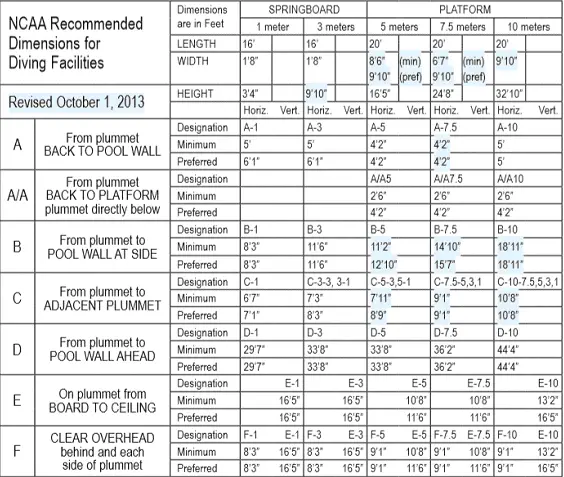
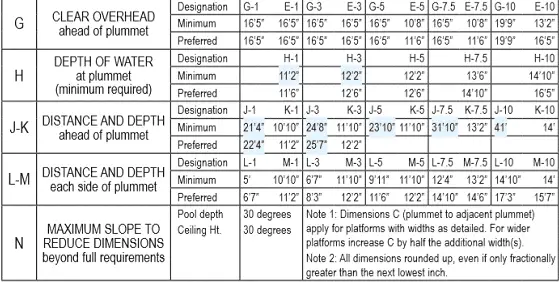
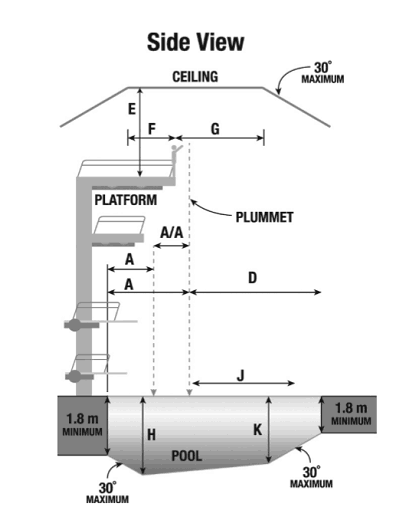
How deep is an Olympic diving pool?
Because springboard and platform diving take place in the same pool, the diving well for Olympic diving must be at least five meters (16 feet) deep. This allows it to be used for the 10-meter (32 feet) platform diving competition and the 3-meter (10 feet) springboard competition.
Shallow Water Diving
The shallower the water, the more in a danger of damage. As per the “Survey of Spinal Cord Injury Statistics Related to Diving and Diving Board Use” distributed by the American Institutes for Research, in excess of 50 percent of all diving wounds happen in water 4 feet or shallower. Just 4.8-percent of all jumping wounds happen when the profundity of the water is no less than 8-feet down. Remember this on the off chance that you use jumping obstructs for aggressive swimming occasions. Numerous offices are presently migrating these squares to the profound end of the pool to help prevent diving-related injuries and wounds.
You can buy and introduce plunging sheets of various statures. As the stature of the board expands the required profundity of the pool increments also. When you hit the water with more prominent gravitational power, your body can possibly venture out to a more noteworthy profundity after entering the pool. FINA recommends the accompanying least pool profundities dependent on the stature of the diving board.
1-meter plunging board ought to have an 11.5-foot pool profundity. A 3-meter plunging board ought to have a 12.5-foot pool profundity. A 1-meter jumping stage ought to have an 11-foot pool profundity. A 3-meter plunging stage ought to have a 12-foot pool profundity. A 5-meter jumping stage ought to have a 12.5-foot pool profundity. A 7.5-meter plunging stage ought to have a 15-foot pool profundity. A 10-meter jumping stage ought to have a 16.5-foot pool depth.
